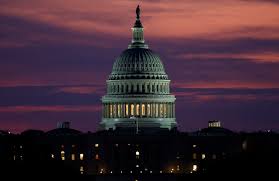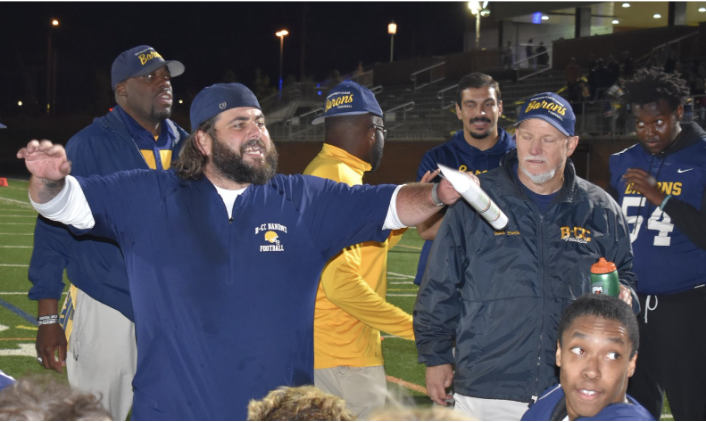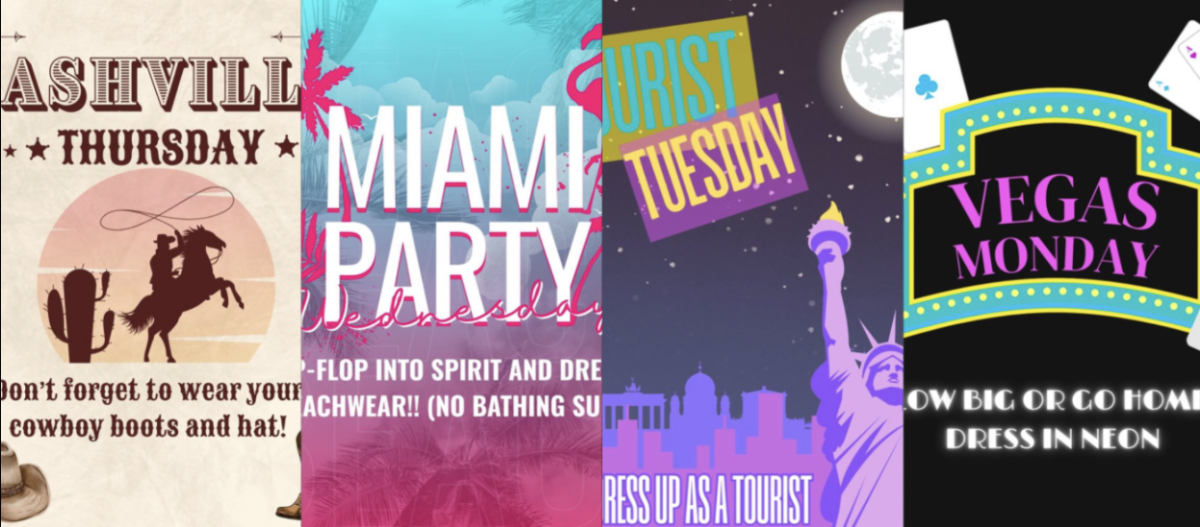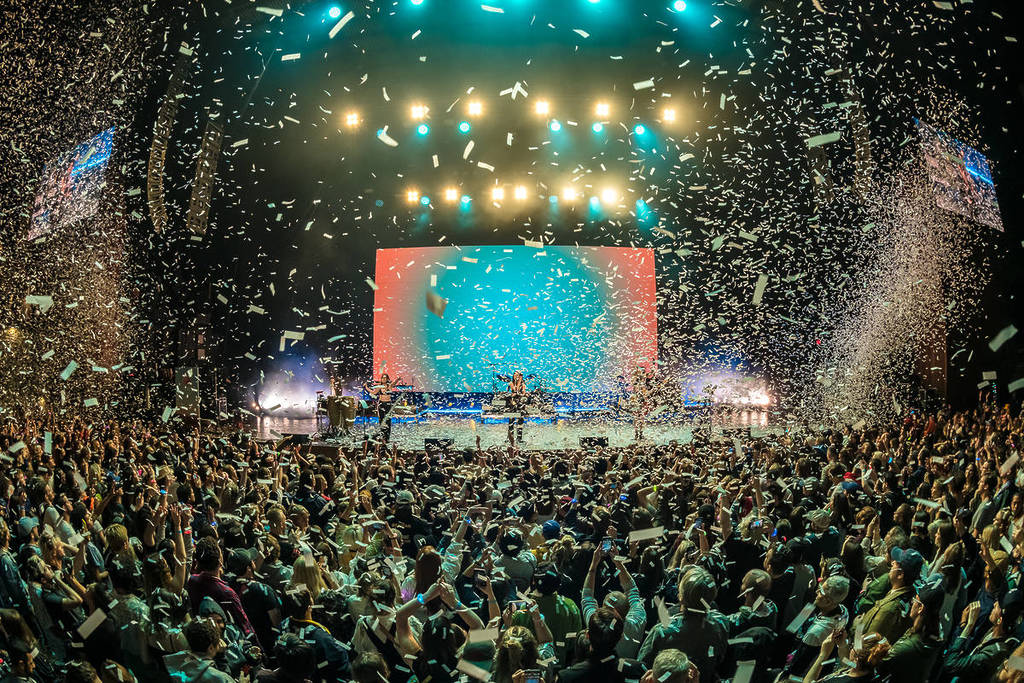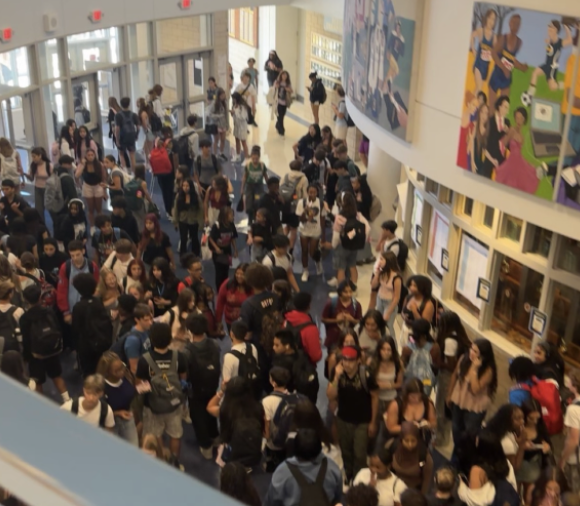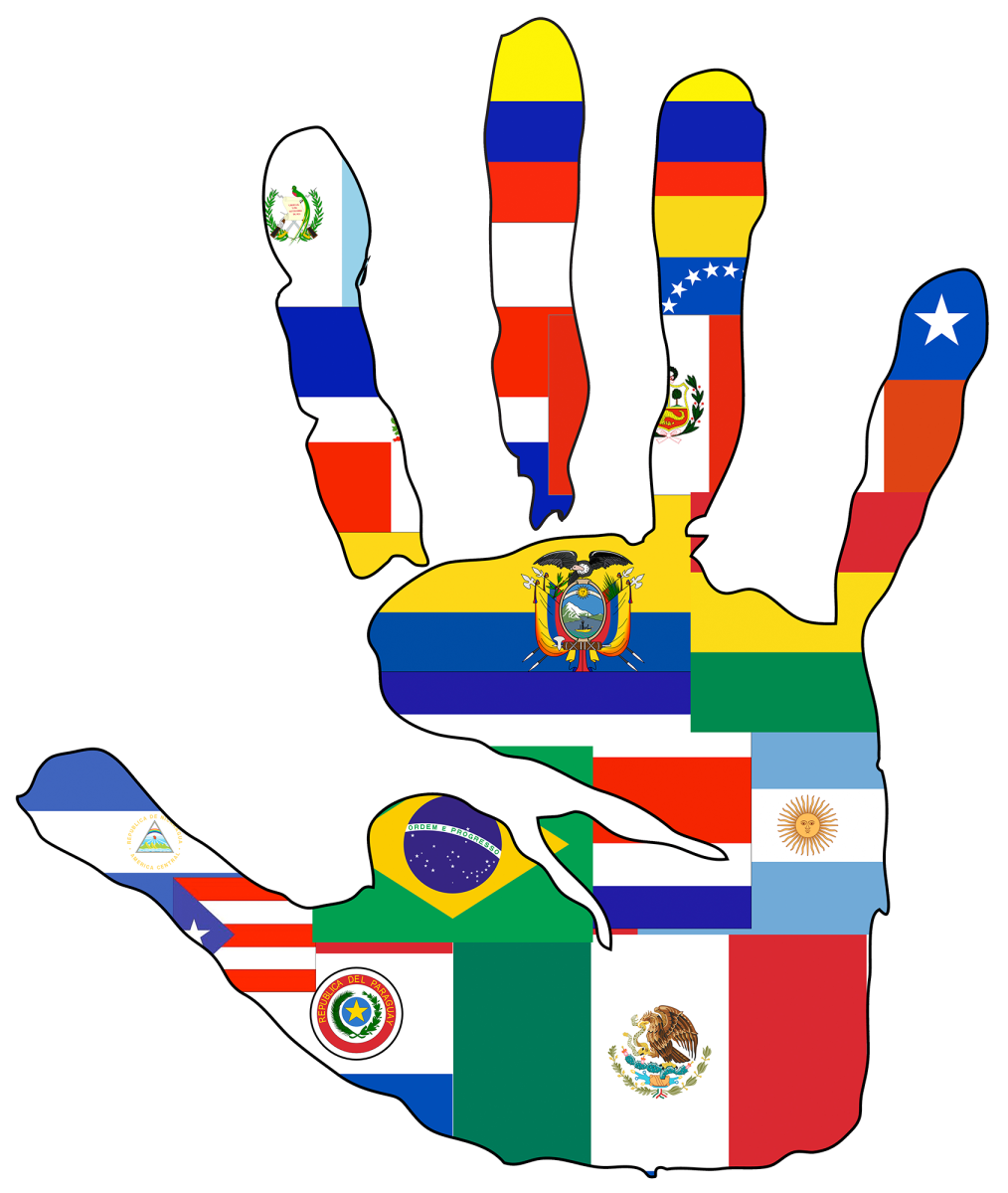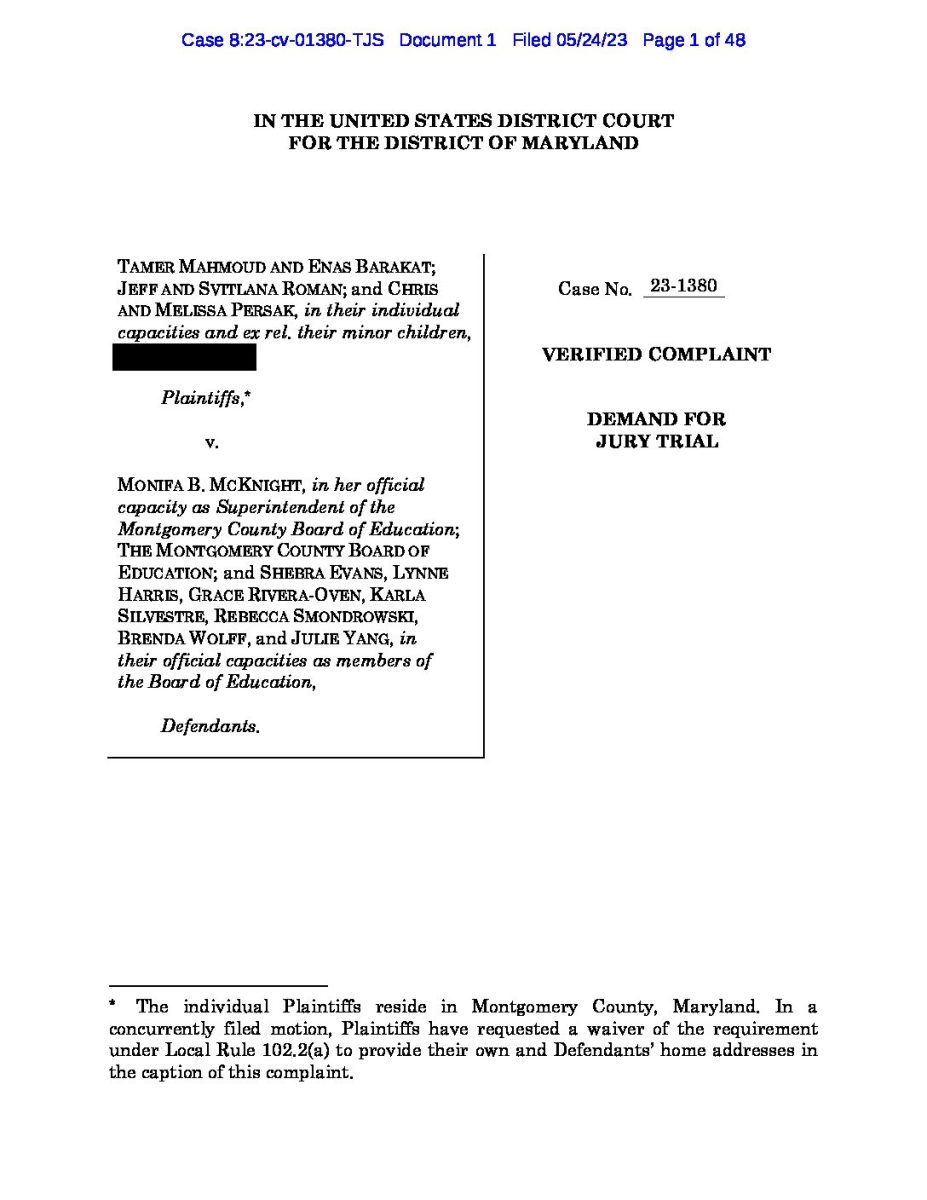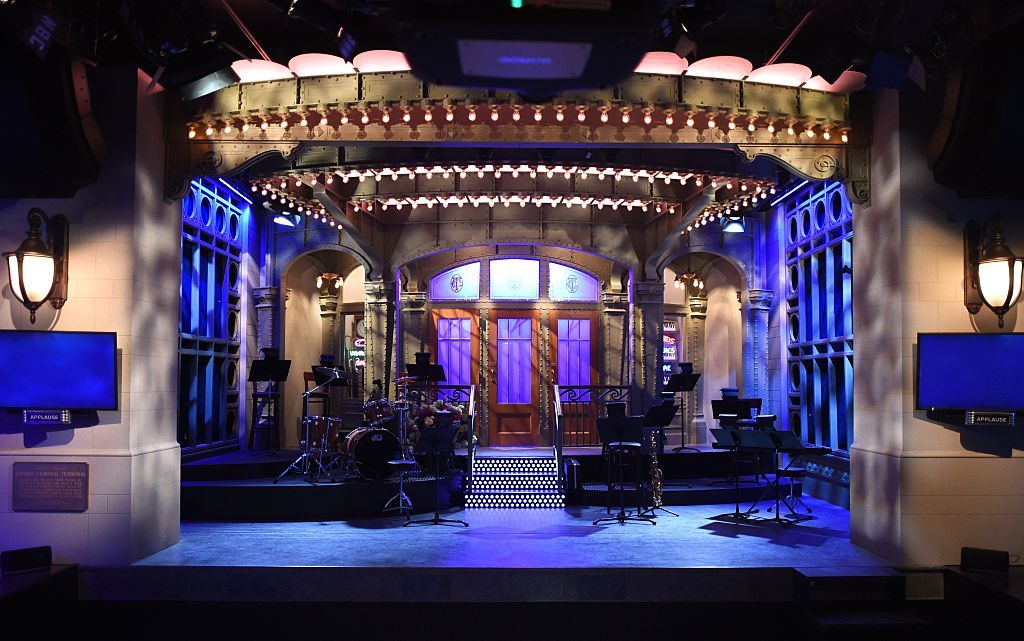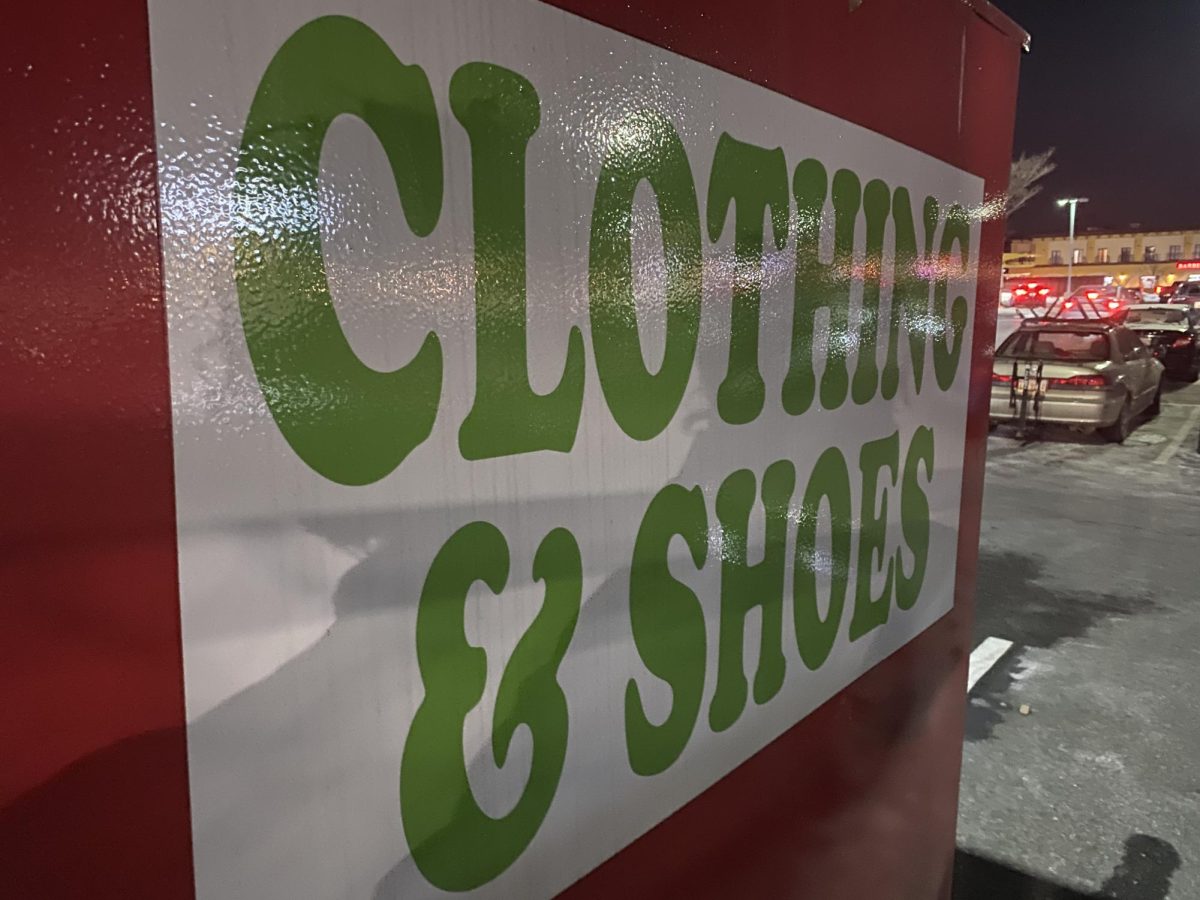Season 50 of the hit American show “Saturday Night Live” (SNL) is set to air on September 28. SNL, a sketch comedy program, has been hosted by and starred many now-famous comedians and actors, including Bill Murray, Dan Ackroyd, Will Ferrel, and Tina Fey. Data from US News and World Report show that in its earliest seasons, SNL reached a viewership peak of roughly 40% of US households. Today 9% of US households turn on the program. So, the questions must be asked: How relevant is SNL to the people of today, and how has its perception changed for audiences over the years?
Of the seven students interviewed, three were viewers of SNL. When asked about what SNL could do to appeal to new audiences, B-CC senior and SNL viewer Ruth Tsegaye responded that SNL should “get some kid actors on there from shows that a lot of audiences are watching.” This points to an interesting struggle that SNL faces nowadays. Which generation of television viewers should they appeal to with their casting choices? During the latest season, there was a fairly even balance of guest stars between older celebrities, such as Jason Momoa and Josh Brolin, and younger ones, such as Timothée Chalamet and Dua Lipa. However, this still might not be enough to engage younger audiences; Freshman Nikolas Wolscheck said he had never heard of SNL. Declining viewship and cultural relevance comes in high contrast to the earlier seasons of the show, back when it was making a name for itself.
B-CC English Teacher Mr. Lopilato shared his perspective on SNL’s early seasons. “They didn’t have million dollar budgets back then,” Lopilato stated. “What they did have was talent. When you see those early episodes, you never see the actors break character.” This stands as a stark contrast with the modern day, where it is far more common for an actor on SNL to break character by laughing.
SNL’s innovative nature also contributed to its success. Even if a sketch was a dud, it was one of, if not the only, thing of its kind in that time. Now, with competition on both TV and the internet, SNL’s dominance on television has faded. But even as that has happened, SNL has found new life on places like YouTube, where videos of their sketches will frequently accrue over a million views. So, why is it not as popular now, as it was then? The answer is marketing.
When asked about SNL, and if he saw advertisements for it, sophomore Aaron Behailu responded, “no, I forgot [SNL] was even a thing.” That is the issue modern SNL has. What good is it to feature young celebrities if no one knows they are hosting? Sure, sketches might get millions of views, but that clearly is not enough to win over a modern audience, or get them to want to watch the whole show. Perhaps they could use more traditional marketing, such as advertisements on websites, showing who is hosting that week, or the musical guest. For it to be a success, people need to know not just what it is, but why they should watch.
SNL seems to have become complacent with its place in media, enough that it does not put in as much effort into marketing as staying relevant requires. In the end, it is up to NBC to choose whether to make sure SNL has a foothold in our changing world, with better marketing, or let it fall behind into the dust.





